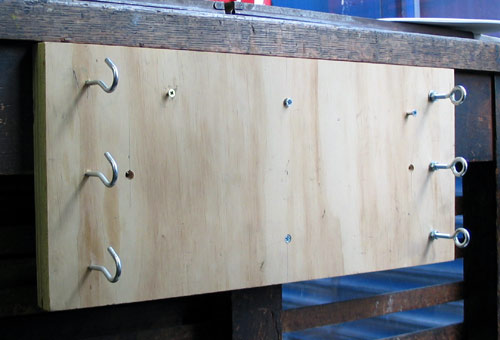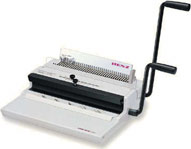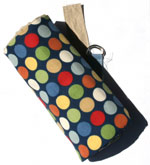 Jamye Jamison, a paper conservator here in the Bay Area, has a roll-up soft-sided case for her tools (bone folder, scissors, x-acto knife, brush, pencil, ruler…) that I covet. I use a zippered pouch for my own tools, but I have to dig around in it to find anything (and sometimes get poked). Jamye got her roll-up as a graduation present and it was made specifically for her, with bright fabric on the outside. She thought a roll-up case for knitting needles might work, so I looked on Etsy and found this case from Sarah Kincheloe. The inside is made of soft cotton and the outside is canvas. It has batting inside to protect my tools and a flap at the top to keep them from moving around when the case is rolled up. And the fabric is bright and cheery and makes me happy every time I unroll it.
Jamye Jamison, a paper conservator here in the Bay Area, has a roll-up soft-sided case for her tools (bone folder, scissors, x-acto knife, brush, pencil, ruler…) that I covet. I use a zippered pouch for my own tools, but I have to dig around in it to find anything (and sometimes get poked). Jamye got her roll-up as a graduation present and it was made specifically for her, with bright fabric on the outside. She thought a roll-up case for knitting needles might work, so I looked on Etsy and found this case from Sarah Kincheloe. The inside is made of soft cotton and the outside is canvas. It has batting inside to protect my tools and a flap at the top to keep them from moving around when the case is rolled up. And the fabric is bright and cheery and makes me happy every time I unroll it.
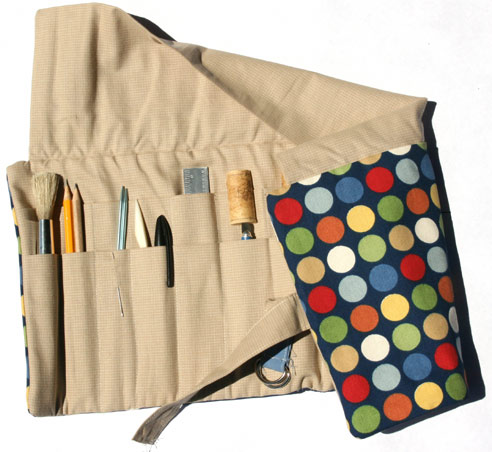

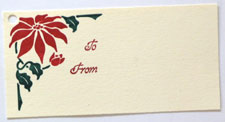 I
I 
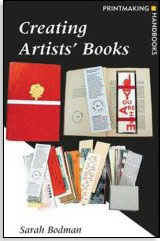
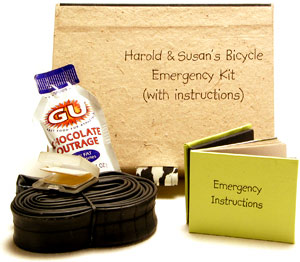 Every July most of my projects come to a standstill as I spend all my spare time and then some watching the Tour de France. Here in California the real-time TV coverage starts about 3:30 AM, which is too early even for me. So I watch the final hour when I get up in the morning and then the 3 hour re-broadcast in the evening. This year I thought ahead a little bit and folded another set of my
Every July most of my projects come to a standstill as I spend all my spare time and then some watching the Tour de France. Here in California the real-time TV coverage starts about 3:30 AM, which is too early even for me. So I watch the final hour when I get up in the morning and then the 3 hour re-broadcast in the evening. This year I thought ahead a little bit and folded another set of my  When the San Francisco Center for the Book got a
When the San Francisco Center for the Book got a 